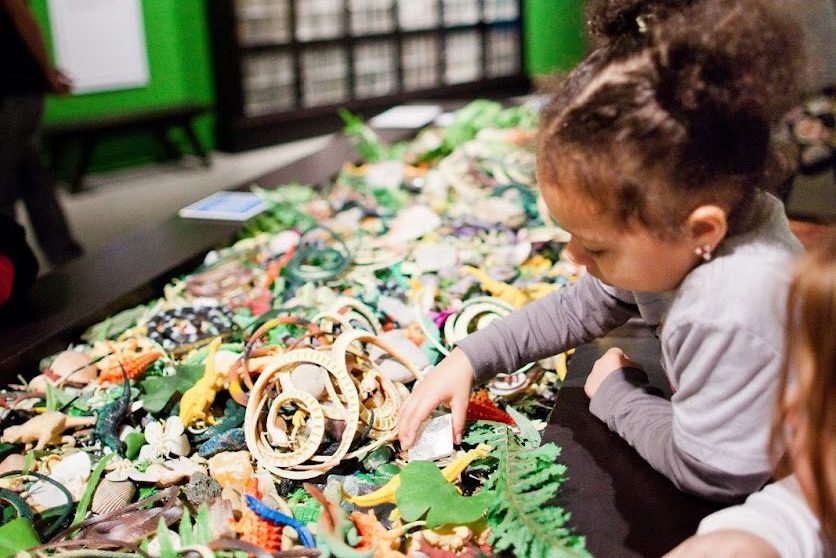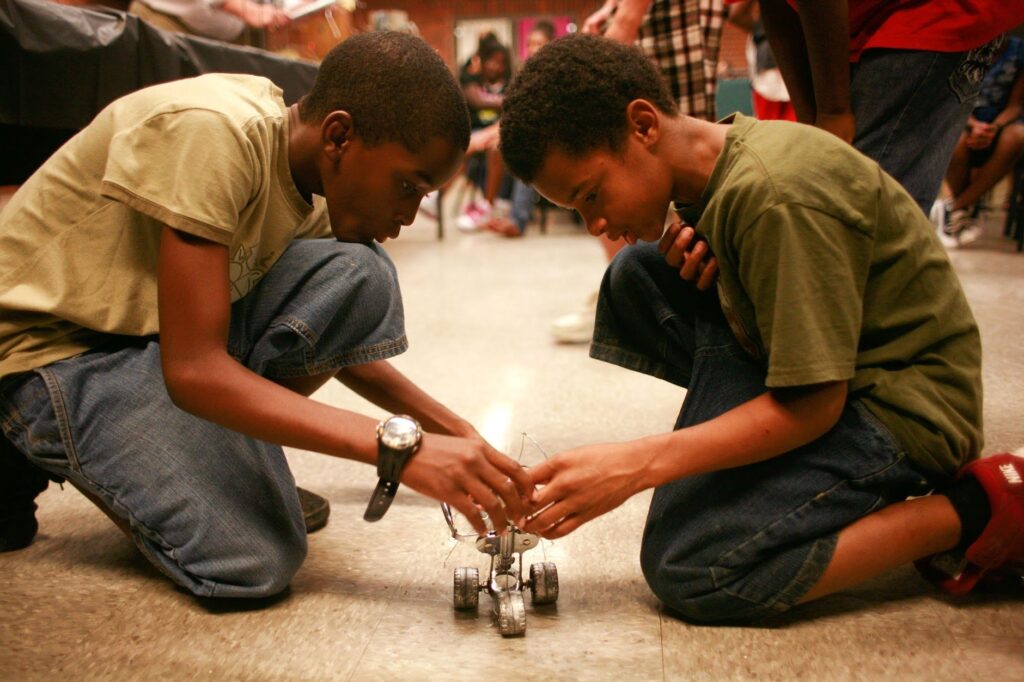As many districts return to in-person learning this fall after more than a year of remote instruction, how can educators incorporate practices that promote student-centered learning? Re-adjusting to the school routine will present challenges and each student will require unique support as they make this transition. They need to feel not only understood but valued for and in control of their individual contributions to the classroom. So, how can we personalize learning for students with those goals in mind?
“We, as Educational Leaders, need to discuss the importance of a systematic approach to personalized learning,” says Jill Jacoby, Assistant Executive Director of Teaching and Learning at Allegheny Intermediate Unit (AIU). “It is important for us at the AIU to have collaborative conversations with districts on where their organization lies with personalization and how we may bring educational and social-emotional responses to the forefront.”
Educators cannot change the structure of their districts or programs overnight, but there are steps they can take to infuse personalized learning into everyday practice—and Jill shared four of her key steps with us.
Establish benchmarks
After the changes of the pandemic, competency and proficiency-based scales may be helpful in readjusting to in-person learning. “I hate to say ‘learning loss’ or ‘loss of instruction,’…because kids were learning, just learning at a different pace academically and about various other skills beyond the typical academic content,” Jill shares. “We are more so talking about learning, and instructing, differently.”
Teachers need to develop an understanding of where each student is at in their learning continuum to determine how to best meet their needs. For example, a child reaching the age of a ‘typical’ first grader does not necessarily mean they are ready for first grade; their skills may demonstrate a need for remediation, reteaching, or advancement to the next grade level competencies.
“Benchmarking students to determine their current achievement level is paramount and then adjusting the curriculum, instruction, and learning tasks to achieve competency is more valuable than covering pages 1-50 in a textbook,” Jill adds. Establishing performance standards outside of traditional approaches, such as state-level assessments, will assist educators in supporting their learners’ growth, progress, and success.

Allow students to control their learning
Not all students may be excited about returning to the classroom, as many have grown comfortable learning from home. This resistance can be balanced with student-centered learning practices, such as promoting learner autonomy through choices of lessons, activities, or projects.
“I believe some educators cringe at the thought of student-centered learning because they fear that students won’t choose to learn the basic skills necessary to master a skill. Student-centered learning does not mean students pick and choose the skills to learn; what it does mean is students have the opportunity to learn the skills in a way that engages their learning style and appetite for knowledge. PL is about providing students the opportunity and responsibility to control their learning experiences (time, space, and task) while engaging in designated content which is necessary in the learning process,” explains Jill.
We also must question traditional classroom etiquette. Does sitting at a desk for seven hours each day foster the best environment for learning for each student? Some learners may be more comfortable in different settings, like beach reading or quiet nooks. Being flexible encourages students to become adaptable, a skill important beyond the classroom.
Adjust existing programs to meet students’ needs
Many districts prioritized developing career readiness or STEM programs before the pandemic halted their efforts. Personalized learning can help revive these programs while adjusting them to today’s learners.
AIU’s Waterfront Learning program is a flexible, online academy that can be utilized by districts holistically or on an individualized student basis. Students can engage in Waterfront Learning for credit recovery or extensions. Jill adds that “the program allows for personalization by allowing students to complete mandated requirements, such as math or world languages, to make way for electives in engineering, art, or other areas that they are interested in exploring.”
Look to other institutions that successfully engage in PL
Where do you start when it comes to incorporating personalized learning practices? Look within your network. From local districts and OST providers to Remake Learning’s Personalized Learning working group, there’s a lot to learn from folks already ingrained in this work.
“We cannot tackle personalized learning in siloes,” says Jill. “Schools, community agencies, and out-of-school time organizations must come together to work on developing the whole child.”
On a statewide level, the Pennsylvania Department of Education has partnered with the Pennsylvania Training and Technical Assistance Network (PaTTAN) and PA Intermediate Units to develop Accelerated Learning, an array of technical assistance and professional learning opportunities that can aid in implementing PL. The guide promotes establishing healthy systems conditions, focusing on high-quality academics, fostering supportive learning environments, and designing systems of scaffolded supports.
Students don’t always absorb knowledge in the same way as their peers. We cannot expect them to be taught the same way, either. Personalized learning gives students autonomy in their learning, supports a healthy teacher-student dynamic, and ultimately fosters more engaging, relevant, and equitable learning practices.
Learn more about personalized learning at Allegheny Intermediate Unit at aiu3.net. Connect with Jill at Jill.Jacoby@aiu3.net.
